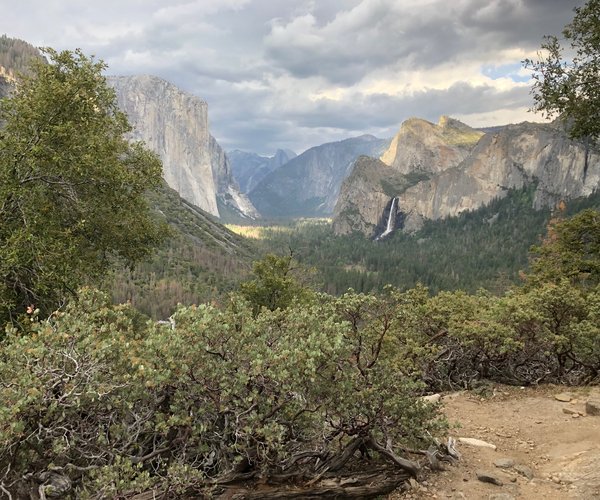From the Cable Car Museum
Andrew Smith Hallidie tested the first cable car at 4 o'clock in the morning, August 2, 1873, on Clay Street, in San Francisco.
His idea for a steam engine powered — cable driven — rail system was conceived in 1869, after witnessing horses being whipped while they struggled on the wet cobblestones to pull a horsecar up Jackson Street. As the story goes, the horses slipped and were dragged to their death.
Hallidie's father was an inventor who had a patent in Great Britain for "wire rope" cable. Hallidie immigrated to the U.S. in 1852 during the Gold Rush. He began using cable in a system he had developed to haul ore from mines and in building suspension bridges.
Hallidie entered into a partnership to form the Clay Street Hill Railroad, which began construction of a cable line on Clay Street in May of 1873. The contract to operate on city streets stated the line must be operational by Aug. 1. They launched on Aug. 2. Even though they were a day late the cable car trials received great approval. Clay Street Hill Railroad began public service on Sept. 1, 1873. It was a tremendous success.
Clay Street Hill Railroad was the sole cable car company for four years. A former horsecar company, Sutter Street Railroad, developed its own version of Hallidie's patented system and began cable service in 1877, followed by California Street Cable Railroad in 1878, Geary Street, Park & Ocean Railroad in 1880, Presidio & Ferries Railroad in 1882, Market Street Cable Railway in1883, Ferries & Cliff House Railway in1888, and Omnibus Railroad & Cable Company in 1889.
All totaled San Francisco companies had lay down 53 miles of track stretching from the Ferry Building to the Presidio, to Golden Gate Park, to the Castro, to the Mission.
By this time the electric streetcar, perfected in1888 by Frank Sprague, had become the vehicle of choice for city transit. It only required half the investment to build and maintain, could reach more areas and was quicker. The cable cars were still able to traverse the steep hills better, so some of the lines were rebuilt. However, as the streetcars improved, even those lines were in jeopardy.
By 1947, the lower operational costs of buses prompted Mayor Lapham to declare, "the city should get rid of all cable car lines as soon as possible."
In response, Friedel Klussmann founded the Citizens' Committee to Save the Cable Cars. The committee began a public campaign showing that the cable cars value to San Francisco was far greater than their operational cost. They succeeded in placing an amendment on the November ballot, Measure 10. Newspapers picked up the story and public support grew quickly. Life magazine did a photo spread on gripmen. Celebrities rallied for the cable cars. Businesses realized tourists don't come to San Francisco to ride the busses.
Measure 10 passed in a landslide victory — ordering the city to maintain the Powell Street cable car system.
In 1997, a celebration was held at Victorian Park to name the Powell-Hyde line turnaround the "Freidel Klussmann Memorial Turnaround" in honor of the woman who saved the cable cars.





